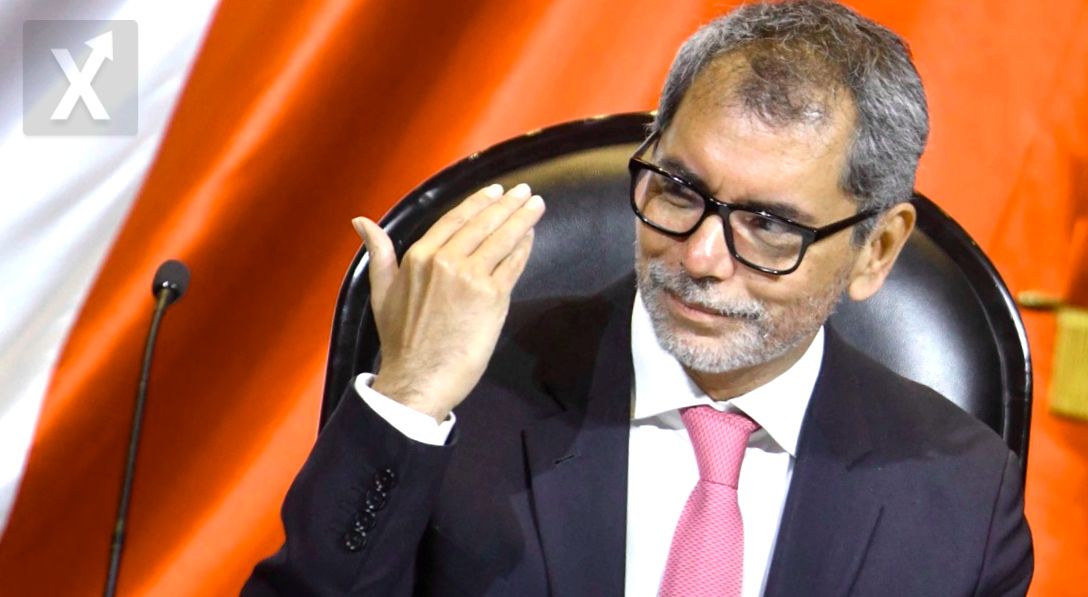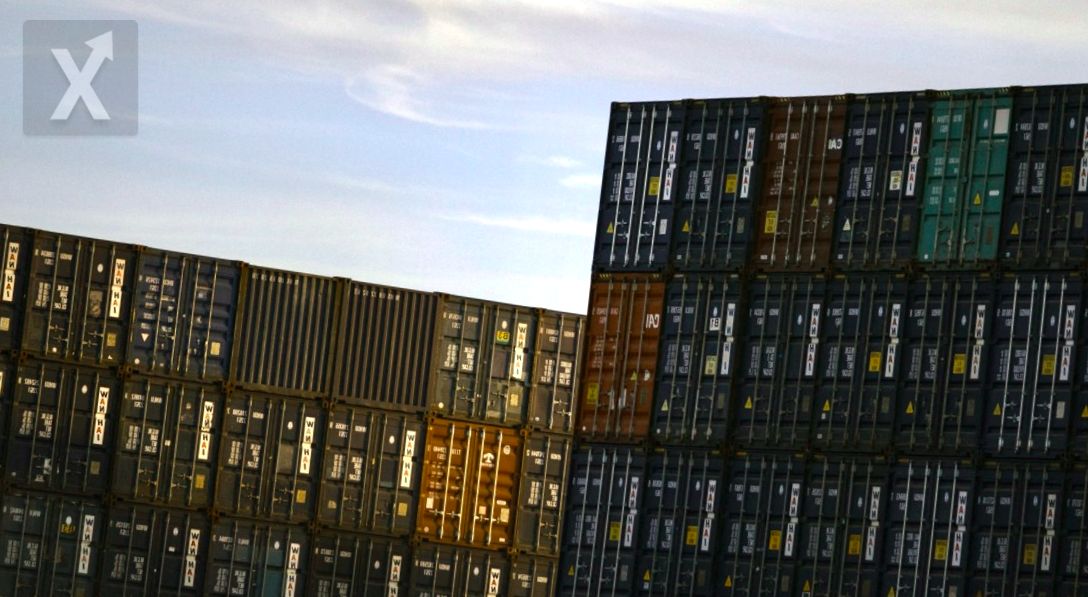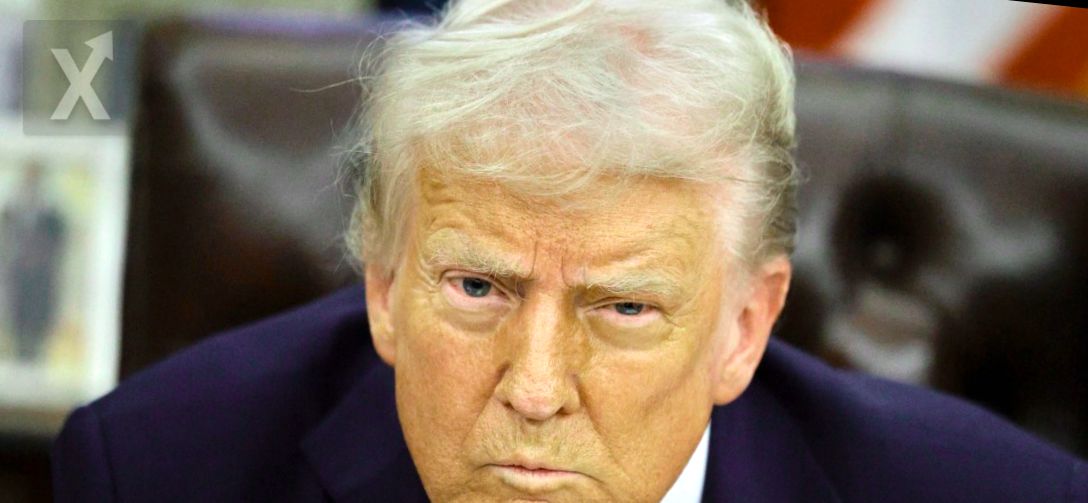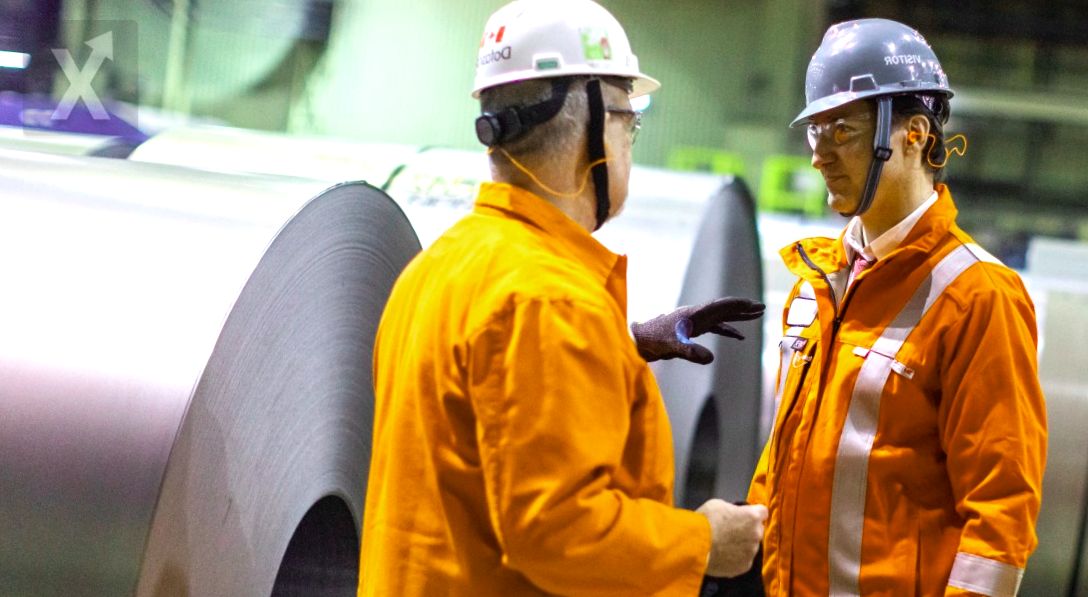Economic Growth Forecasts for Sheinbaum's Term
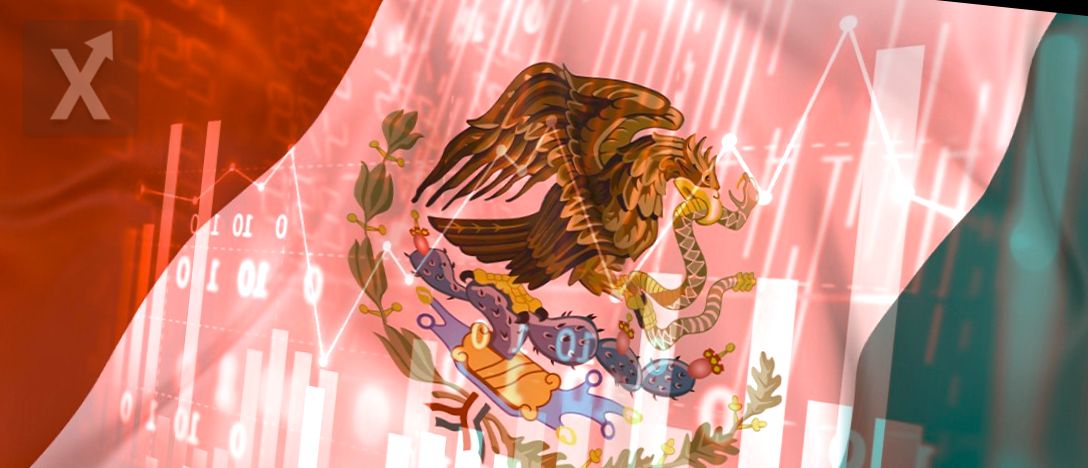
Experts agree with the Secretariat of Finance and do not foresee a recession in the first year of Claudia Sheinbaum as president of Mexico. However, they mention that there are warning signs that need attention in order to boost economic growth. According to preliminary information provided by Inegi on October 30, Mexico's GDP grew by 1% in the third quarter of this year, exceeding market expectations. “We do not have indicators suggesting an economic recession in the short and medium term,” said Edgar Amador Zamora, Deputy Secretary of Finance. Nonetheless, analysts warn that the Mexican economy will continue to grow below its potential capacity.
Are we facing a possible recession during Sheinbaum's term? In recessionary situations, we see a decrease in economic activity, investment, consumption, and production of goods, which translates into a drop in GDP. An economy is considered to be in recession if it experiences two consecutive quarters without growth. Most experts consulted by Expansión share the Treasury's assessment and maintain that there doesn't appear to be an imminent recession for the country. However, one of them warned that it could materialize in the second half of 2025. Alejandro Saldaña, chief economist at Grupo Financiero Ve por Más (BX+), stated that “the GDP data published yesterday is robust and suggests that we are not in recession.” From 2011 to 2028, Mexico's economy grew by 2.3% annually, but during AMLO's term, real growth was only 0.88%, with cumulative growth of 5.3%,” added Francisco Villa, founding partner of GA Asesores, Exclusive Agency of Skandia. “We do not anticipate a recession; however, growth might remain below expectations, reaching rates closer to 2%,” commented Jessica Roldán, chief economist at Finamex Casa de Bolsa. Jorge Arturo Martínez, professor of Economics and Finance at EGADE Business School, predicted that “next year we will grow about 1% if things go well. If we only grow 1% for the entire year, there could be two quarters with negative numbers,” adding that this could happen in the second half of the year.
Among the sectors that could drive economic growth are: consumption, automotive and agricultural exports, as well as food manufacturing and remittances; additionally, the services sector appears strong, especially in retail, construction, and transportation, according to analysts. Consumption in Mexico has benefited from increases in the minimum wage and a rise in remittances, particularly since the exchange rate jumped from 16.50 pesos to 20 pesos per dollar. Regarding the future of consumption, the federal government’s fiscal consolidation will be crucial, as it has stated it will reduce it to 3.5% from the current 6%.
Although most experts dismiss the possibility of an economic recession, they also identify challenges in the economic landscape. Interest rates remain high, and exports have not grown as they did in previous years due to a slowdown in industrial activity in the U.S.; moreover, next year the consolidation of public finances will take place, Saldaña mentioned. Uncertainty surrounding constitutional changes in Mexico and the upcoming U.S. elections, which won’t occur until 2026, also creates nervousness regarding USMCA. Analysts agree that the government must send clear, confidence-building messages to the market, ensuring the rule of law and respecting trade regulations. “The longer the period of high uncertainty extends, the more lasting the negative effects will be,” Roldán said. Furthermore, the government needs to encourage private investment in three key areas: hybrid infrastructure, renewable energy, particularly wind and solar; and communications, encompassing highways and airports. “If we do not take advantage of the nearshoring trend, which represents a unique growth opportunity, we will not succeed,” Villa asserted, adding that investors are looking towards countries like Guatemala or Panama. The situation in the U.S. will continue to be relevant for the Mexican economy. The U.S. economy has achieved a 'soft landing,' meaning a reduction in inflation without stopping economic growth. In this context, a strong U.S. economy will benefit Mexico, given the strong trade interdependence. However, although services in Mexico are on the rise, a slowdown in U.S. industrial manufacturing is anticipated. “This could also affect Mexico as we await a rebound in the U.S. industry,” Saldaña maintained. A lower interest environment in the U.S. “could also benefit Mexico,” he added. Regarding remittances, experts warn that their role will continue to be important for the national economy; however, Saldaña cautioned that if employment in the U.S. continues to slow down, remittance growth could become more modest.
In conclusion, while it is expected that the Mexican economy will not enter a recession during Sheinbaum's first year, the challenges are clear. Growth below potential may become a medium-term concern. The focus on investment, strengthening market confidence, and adapting to new economic trends will be key to navigating an uncertain future and achieving the development the country needs.

